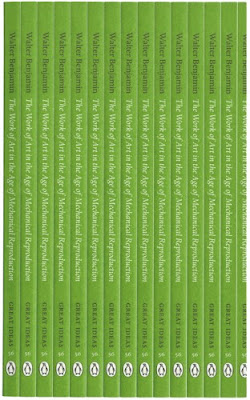 Bought: November 15, 2009 from National Book Store’s bargain bin
Bought: November 15, 2009 from National Book Store’s bargain bin
Read: January 16, 2010
ISBN: 082135226
“I’m telling you stories. Trust me.”
Jeanette Winterson sure knows how to tell stories.
I didn’t expect much from a book with such a generic title, but I wanted to try Winterson, so I picked up this slim (only 160 pages) book from my massive TBR pile. I also did not read any reviews and barely scanned the back cover blurbs, so I did not know what to expect. I like beginning a book with no expectations.
The Passion is a love story of sorts. It’s about loving God or at least one’s idea of God, loving country, loving made-up people, and loving those who don’t love back.
The first chapter is the journal of Henri – young, naive Henri, who’s still inextricably bonded to his mother. Plucked from a small French village, he was recruited into the army and thrust into a more adult, more savage world of brothels, mermaid infested seas that claim the lives of men, winter wars, and soldiers who pawn their hearts so they can burn villages without compunction. Henri’s lithe body and gentle demeanor get him assigned to kitchen duty feeding Napoloeon Bonaparte’s insatiable hunger for chicken, an assignment that spares Henri from the business of killing men and burning villages.
The second chapter, reminiscent of Italo Calvino’s Invisible Cities, moves from Bouglogne to Venice. The story shifts from Henri to the boatman’s daughter, Villanelle. Cross-dressing, casino-cheating, water-walking, woman-loving Villanelle with the fiery hair and the beauty mark on the right place. She robs and leaves her husband whose retaliation casts her to the role of pleasure giver to the Generals.
The first two chapters first seem like two separate short stories, and it is only in the third chapter when soldier boy meets the boatman’s daughter. Just when Henri was falling out of love with Bonaparte, he meets the woman he is to love forever.
I retell the stories in a way I can only describe as lame. Winterson writes in a way that makes the plot secondary to the writing itself. Winterson writes in a way that makes one sigh at the end of the reading — a loaded sigh that is as much about the sadness of leaving a book as it is about writer envy. I am always perplexed and frustrated how we are given more or less the same number of words free to use, but only a few can bring together these freely given words and weave magic. In writing about the all too common human experience of heartbreak, Winterson writes:
“I didn’t know what hate felt like, not the hate that comes after love. It’s huge and desperate and it longs to be proved wrong. And every day it’s proved right it grows a little more monstrous. If the love was passion, the hate will be obsession. A need to see the once-loved weak and cowed and beneath pity. Disgust is close and dignity is far away. The hate is not only for the once loved, it’s for yourself too; how could you ever have loved this?”
How many of us have felt something like this? And how few of us can write it this way? Drunk-dialing and revenge shopping were invented for us who can’t find the words to express our heartache the way Winterson does.
It’ll be hard to read my next Winterson without any expectations.





